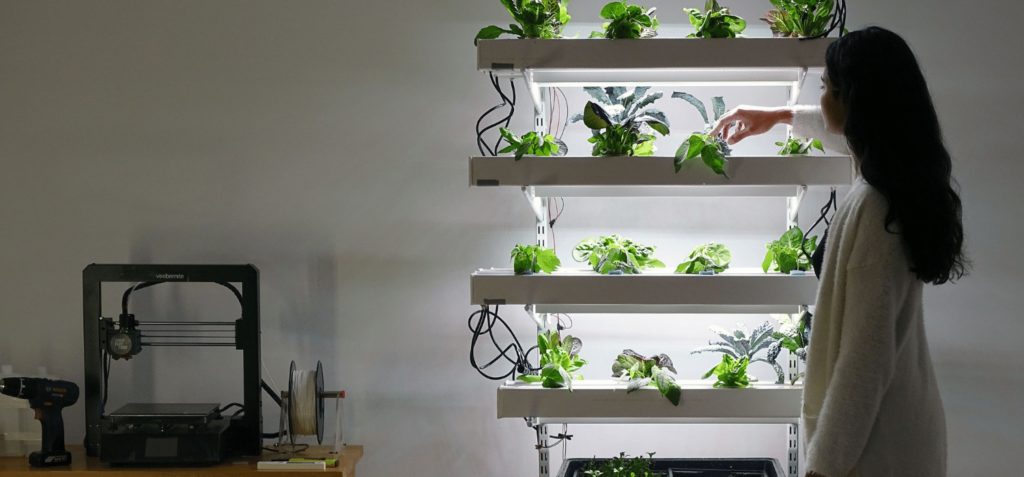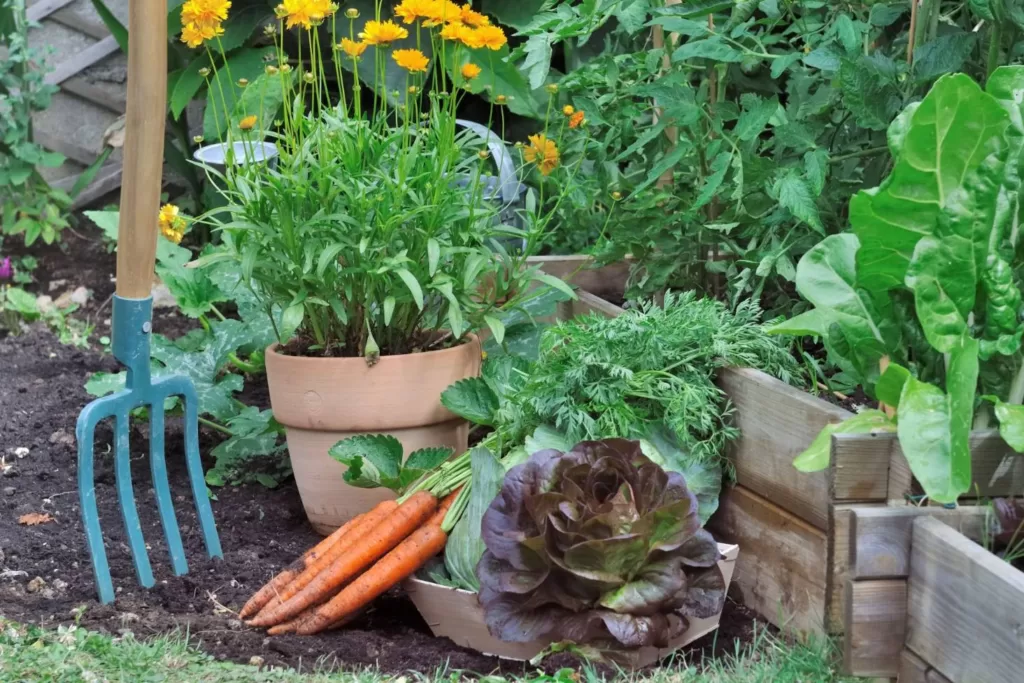The impact of technology on farm labor can be significant, as it can lead to increased efficiency and productivity on farms. For example, the use of tractors and other mechanized equipment can reduce the amount of labor required to cultivate and harvest crops. In some cases, this can lead to a reduction in the number of farm workers needed. However, technology can also create new job opportunities, such as for operators of sophisticated equipment or technicians who maintain and repair machinery. Additionally, technology can help improve working conditions for farm workers by reducing the need for manual labor and increasing the use of automated systems.
The adoption of artificial intelligence (AI) in agriculture and farming may lead to the creation of new types of labor jobs. As AI is used to automate certain tasks on farms, it may create job opportunities for technicians and engineers who are skilled in maintaining and repairing the automated equipment. Additionally, AI may create new job opportunities for data analysts and other professionals who are skilled in using and interpreting the data generated by precision agriculture systems.
However, it is also important to note that the adoption of AI in agriculture and farming may also lead to job losses, as it may reduce the need for human labor in certain tasks. It is important for the agriculture industry to consider the potential impacts of AI on the labor market and to work to ensure that the adoption of the technology does not negatively impact workers.
The United States government has a number of policies in place related to the use of artificial intelligence (AI) in the agriculture industry. These policies are designed to support the development and adoption of AI in farming and to ensure that the technology is used ethically and responsibly.
One example of a government policy related to AI in farming is the Agriculture Improvement Act of 2018, which provides funding for research on the use of AI in precision agriculture. This act also established the Joint Council on the Rural Environment and Natural Resources, which is tasked with studying the impact of AI and other emerging technologies on the agriculture industry.
The U.S. Department of Agriculture (USDA) also has a number of initiatives focused on the use of AI in agriculture. For example, the USDA has launched a “Smart Agriculture” initiative to support the development and deployment of AI in the agriculture industry.
Overall, the U.S. government supports the use of AI in agriculture as a way to increase efficiency, productivity, and sustainability in the industry. However, it is also working to ensure that the technology is used ethically and that its adoption does not negatively impact the agriculture workforce.
Automation of farm labor, through the use of robots and other mechanized equipment, can have a number of impacts on the farming industry. Some potential impacts include:
- Increased efficiency: Automation can help farms increase their productivity and output, as machines can often work faster and more consistently than human laborers.
- Reduced labor costs: Automation can help reduce labor costs, as farms will not need to hire as many human workers.
- Changes in the job market: Automation may lead to job losses for some farm workers, but it may also create new jobs for technicians and engineers who maintain and repair the automated equipment.
- Improved working conditions: Automation can reduce the physical demands of farm work, which may lead to improved working conditions for farm workers.
- Potential for increased profitability: By increasing efficiency and reducing labor costs, automation can help farms become more profitable.
However, it is important to note that the impact of automation on farm labor will depend on a variety of factors, including the type of farming being done, the availability of labor, and the cost of the automation technology.
Artificial intelligence (AI) is increasingly being used in the agriculture industry, and it has the potential to significantly impact farming jobs. Some potential impacts of AI on farming jobs include:
- Automation of certain tasks: AI-powered robots and other mechanized equipment can automate certain tasks on farms, potentially reducing the need for human labor.
- Increased efficiency: AI can help farms increase their efficiency and productivity by analyzing data and providing insights for optimizing crop yield and resource use.
- Changes in the job market: AI may lead to job losses for some farm workers, but it may also create new job opportunities for those with skills in AI and data analysis.
- Improved working conditions: AI can help reduce the physical demands of farm work, improving working conditions for farm workers.
Overall, the impact of AI on farming jobs will depend on a variety of factors, including the extent to which AI is adopted by farms, the availability of labor, and the cost of the technology. It is important for the agriculture industry to consider these factors and plan for the potential impacts of AI on farming jobs.
There are several reasons why job loss may occur in the agriculture industry:
- Automation: As farms adopt more automation and mechanization, they may need fewer human workers to perform certain tasks.
- Consolidation of farms: As smaller farms are consolidated into larger operations, there may be fewer jobs available.
- Offshoring of production: Some agricultural products, such as fruits and vegetables, are grown in other countries and imported into the domestic market. This can lead to job losses for domestic farm workers.
- Changes in consumer demand: If consumer demand for certain agricultural products decreases, it may lead to a reduction in production, resulting in job losses.
- Drought and other natural disasters: Drought and other natural disasters can devastate crops, leading to reduced production and job losses.
- Changes in government policies: Changes in government policies, such as trade agreements or farm subsidies, can also impact employment in the agriculture industry.
There have been many advancements in farming and agriculture in recent years, which have helped to increase efficiency, productivity, and sustainability in the industry. Some examples of these advancements include:
- Precision agriculture: The use of GPS technology, sensors, and other tools to gather data on crop growth and soil conditions, allowing farmers to optimize irrigation, fertilization, and other inputs for maximum efficiency.
- Drones: Drones equipped with sensors and cameras can be used for tasks such as crop monitoring, soil analysis, and pest control.
- Artificial intelligence: AI can be used to analyze data from precision agriculture systems and provide insights for optimizing crop yield and resource use.
- Robotics: Robots can be used for tasks such as planting, watering, and harvesting crops, reducing the need for manual labor.
- Genetically modified crops: The use of genetically modified crops can help increase crop yield and resistance to pests and diseases.
- Vertical farming: The use of indoor, vertical farming systems can help increase the efficiency and sustainability of crop production.
Overall, these advancements have helped to increase the efficiency and productivity of the agriculture industry, and they are expected to continue to play a significant role in the future of farming and agriculture.
The future of agriculture is likely to be shaped by a number of trends and developments, including the increasing use of technology and automation, the growing demand for sustainable and environmentally-friendly farming practices, and the need to feed a growing global population. Some specific trends and developments that are expected to shape the future of agriculture include:
- The increasing use of precision agriculture: The use of GPS technology, sensors, and other tools to gather data on crop growth and soil conditions is expected to continue to grow, as it can help farmers optimize irrigation, fertilization, and other inputs for maximum efficiency.
- The growing use of drones and robotics: The use of drones and robots for tasks such as crop monitoring, soil analysis, and pest control is expected to increase, as these technologies can help reduce the need for manual labor.
- The increasing adoption of artificial intelligence: AI is expected to play a larger role in the agriculture industry, as it can help farmers analyze data and make more informed decisions about crop management and resource use.
- The growing demand for sustainable agriculture: Consumers are becoming increasingly concerned about the environmental impact of their food, and this is expected to drive demand for sustainable and eco-friendly farming practices.
- The impact of climate change: Climate change is expected to have significant impacts on agriculture, including changes in growing seasons, increased pests and diseases, and more extreme weather events. Farming practices will need to adapt to these changes in order to be sustainable.
Overall, the future of agriculture is likely to be shaped by a combination of technological advancements, changing consumer preferences, and environmental factors.






